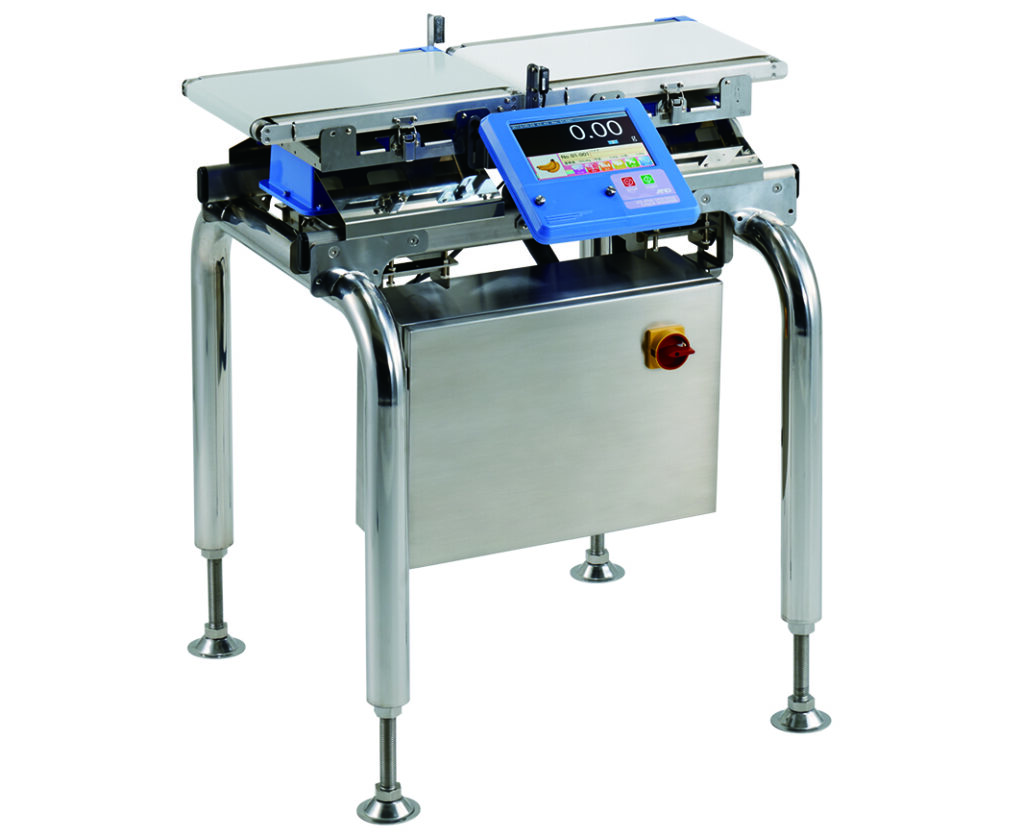
If you’re looking for a quick and easy way to check your products for metal contaminants, an inline metal detector is a great option. Inline metal detectors are designed to be integrated into your existing production line, so they can quickly and easily check your products for metal contaminants without slowing down your production process.
Here’s how to use an inline metal detector in your QC process:
1. Install the inline metal detector on your production line.
2. Set the sensitivity of the detector to match your product’s desired level of cleanliness.
3. Run your products through the inline metal detector.
4. If contaminants are found, remove them from your production line and dispose of them properly.
5. Repeat steps 3-4 until your product meets your desired level of cleanliness.
By following these steps, you can ensure that your products are free of metal contaminants and meet your quality standards.
What is Inline metal detectors ?
An inline metal detector is a device that can be used to detect the presence of metal in a product or material as it moves along a conveyor belt. Inline metal detectors are often used in food processing and packaging applications to detect contaminants such as pieces of metal (e.g. staples, nails, shards of glass) that may be present in the product.
How does Inline metal detectors work?
Inline metal detectors work by passing a product or material through a magnetic field. If there is metal present in the product, it will interact with the magnetic field and create a disturbance that can be detected by the inline metal detector. Inline metal detectors are typically able to detect metal contaminants that are as small as a few millimeters in size.
Types of Inline metal detectors
There are a few different types of inline metal detectors that are available on the market, each with its own advantages and disadvantages. Some of the most common types of inline metal detectors include:
-Frequency Based Inline Metal Detectors: These devices work by passing a product through a high-frequency magnetic field. If there is metal present in the product, it will interact with the magnetic field and create a disturbance that can be detected by the inline metal detector. Frequency based inline metal detectors are typically more sensitive than other types of inline metal detectors and are able to detect smaller metal contaminants.
-Pulse Induction Inline Metal Detectors: These devices work by passing a product through a magnetic field that is pulsed on and off at a high frequency. If there is metal present in the product, it will interact with the magnetic field and create a disturbance that can be detected by the inline metal detector. Pulse induction inline metal detectors are typically more sensitive than other types of inline metal detectors and are able to detect smaller metal contaminants.
-Dual-Frequency Inline Metal Detectors: These devices work by passing a product through a magnetic field that is pulsed on and off at two different frequencies. If there is metal present in the product, it will interact with the magnetic field and create a disturbance that can be detected by the inline metal detector. Dual-frequency inline metal detectors are typically more sensitive than other types of inline metal detectors and are able to detect smaller metal contaminants.
Inline metal detectors are an important tool for ensuring food safety and quality. They can be used to detect contaminants that may be present in food products, helping to ensure that the products are safe to eat. Inline metal detectors are also often used in other industries, such as the pharmaceutical industry, to help ensure the quality of products.
